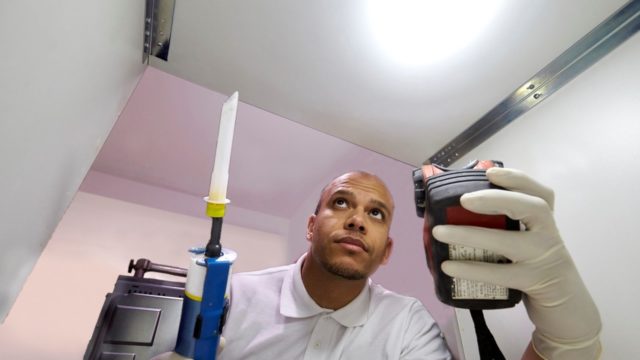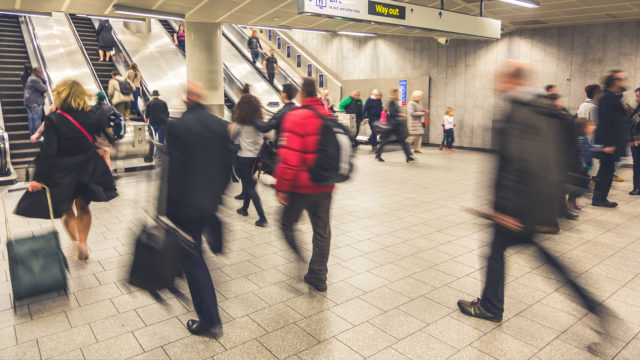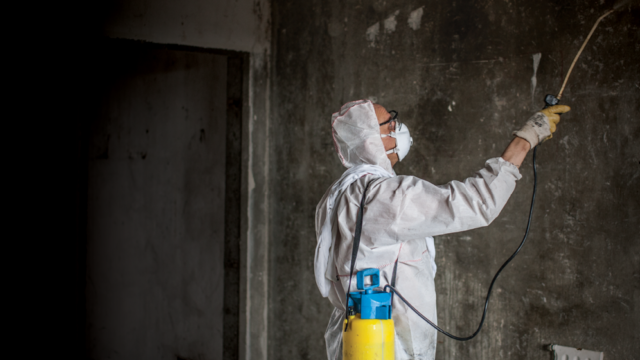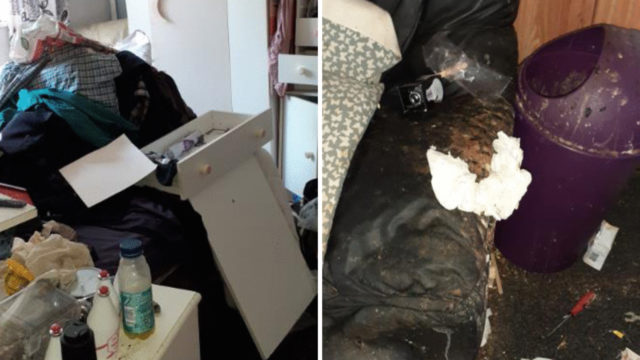A team of extreme cleaners from CleanSafe Services has supported a high technology manufacturer by carrying out an emergency chemical clean after an acid spill.
The factory, which employs hundreds of workers, was evacuated according to well-drilled emergency procedures when the accidental chemical spillage resulted in the release in a plume of vapour.
The spill was well contained, and once the emergency response phase was over, the company’s facilities management specialist called in CleanSafe Services to work on a detailed decontamination plan.
Vapourised acid had come into contact with production machinery, as well as the building envelope, and had to be neutralised as a matter of urgency to avoid long-term damage.
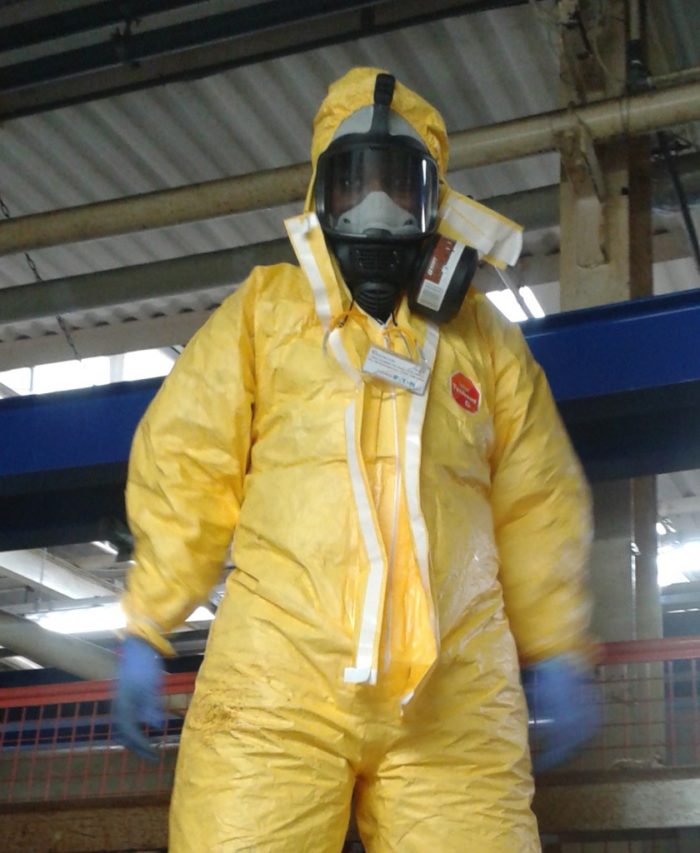
CleanSafe Services carried out a site inspection with one of the company’s senior technical managers and devised a plan that would allow the work to be carried out at night-time to reduce the impact on factory production.
Stephan Savill, Business Development Manager at CleanSafe Services, said: “If acid had not been cleaned off and neutralised, it could have cause long-term damage to what was complex and very expensive factory equipment.
“The loss of production, and the cost of replacing damaged equipment, this would have caused needed to be avoided, so we were aware we had to work quickly, safely and effectively to get the job done.
“A three-stage emergency factory cleaning process was put in place to tackle the issue in priority order, cleaning the areas at highest risk first.”
A risk assessment and method statement was drawn up that would protect the personnel carrying out the cleaning, client staff, plus the building and the equipment in it. Both high level cleaning and low level cleaning techniques were used.
All staff wore full-body chemical protection suits and respirators while carrying out the cleaning work. Standard detergents could be used, but it was vitally important that every square centimetre of surface was cleansed properly.
A cherry picker was used to provide a safe platform for working at height while carrying out this detailed cleaning – and had to be manoeuvred with significant skill in highly-confined areas to protect sophisticated production machinery.
Stephen Savill said: “Each cleaning phase had a clear deadline which was met each time. The client’s scientific team carried out tests to be sure the acid was neutralised as we completed each section.”
After just over three weeks, the building and production line got the all clear. All acid residue had been removed. The chemical contamination had been cleared. There was no further risk to staff, equipment or the building.

